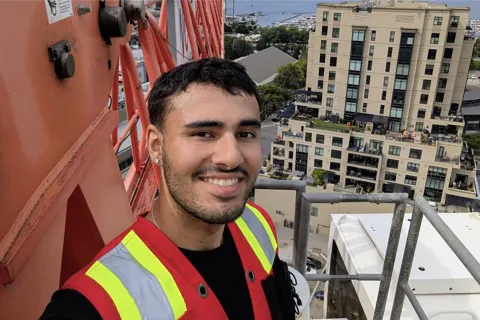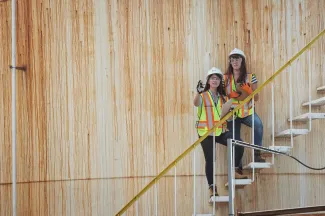
Shreyas Rai
- Degree:
- Bachelor of Applied Science
- Program:
- Campus: Vancouver
Why did you want to study engineering?
My father is an engineer so I’ve always had the idea of studying engineering in the back of my mind as an option. When I began looking into university programs, I realized that engineering was right for me and that I wanted to work towards it as a goal.
I enjoy problem-solving and understanding how things work. In high school, I gravitated towards subjects like physics and math, and I liked applying those concepts to real situations.
Engineering felt like the natural path because it’s not just about theory – it’s about building structures that impact people’s lives.
I was drawn to the idea of using technical skills to create practical solutions and see the results of my work take shape in the real world.
What are some highlights of your experience at UBC?
I particularly enjoyed my structural engineering courses. One highlight at the end of second year was a group project in which students designed and built a bridge out of wood that had to pass a stress test by the end of the semester.
Another highlight of my experience at UBC has been the connections I’ve made within the civil engineering program.
It’s a tight-knit community, and working alongside classmates who are just as motivated and passionate has pushed me to grow, both academically and personally.
What are your passions outside of school?
I’ve actually been tap dancing since I was about five, and I dance – and sometimes teach – at a studio in Vancouver. I love the freedom of dancing. The range of emotions that can be conveyed simply through the taps on my shoes is surprisingly broad. A large part of tap dance is improvisation, which is a lot of fun. Improvisation in dance has taught me to think on my feet, adapt quickly to change, and trust creative instincts, all of which translate directly to problem-solving in engineering, where flexibility and innovation are just as important as precision. Dance has also given me the opportunity to travel across North America – in fact, I am heading to LA in a few weeks to dance at the OC Tap Fest!





